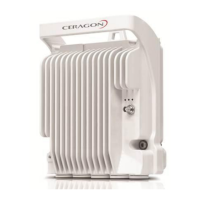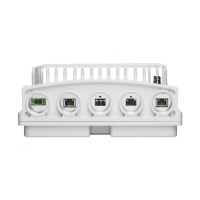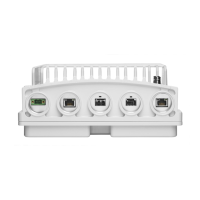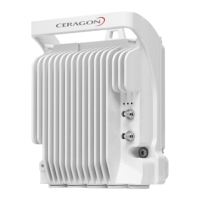How to fix 'Error #3-Invalid set value' when exporting Unit Information file on Ceragon Switch?
- FFrederick WillisAug 5, 2025
If you encounter the error message 'Error #3-Invalid set value' when attempting to export the Unit Information file on your Ceragon Switch, it means you are trying to export the file before it has been created. Wait about two minutes, and then click 'Export' again.





